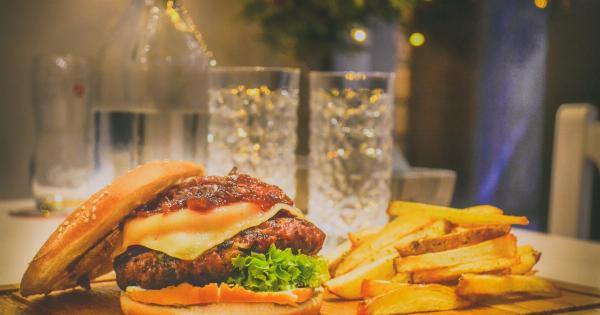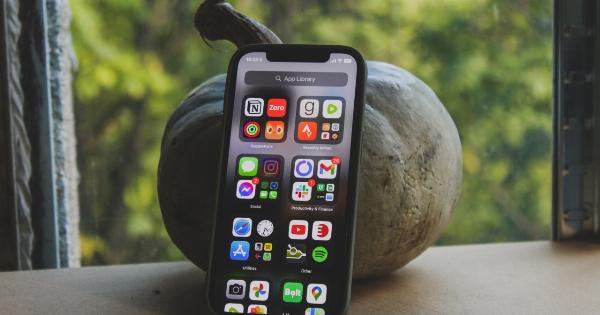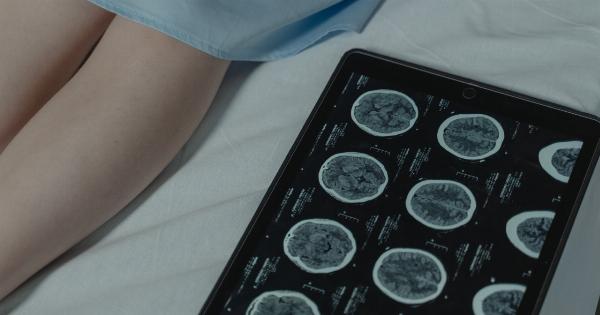In the fast-paced world we live in, keeping track of our nutrition can be a challenge. With busy schedules and limited time, it is not always easy to find the time to carefully calculate the nutritional value of every meal we consume.
However, thanks to the advancements in technology, there is now a solution that makes it easier than ever to get the nutritional information of your meal with just a snap of a photo.
The Rise of Food Tracking Apps
In recent years, food tracking apps have gained significant popularity among health-conscious individuals. These apps allow users to track their calorie intake, macronutrient distribution, and even set personalized nutrition goals.
While manually inputting the details of each meal can be time-consuming, technology has now evolved to simplify the process.
How Does It Work?
The concept behind taking a photo and obtaining nutritional information is based on image recognition and machine learning.
Food tracking apps harness the power of artificial intelligence algorithms to analyze the image of your meal and provide you with accurate nutritional data in real-time.
The Role of Image Recognition
Image recognition technology has come a long way, and it is now capable of identifying specific objects, including food items, with remarkable accuracy.
By utilizing deep learning algorithms, food tracking apps can identify different ingredients, estimate portion sizes, and even recognize brand-specific products.
Training the Algorithms
Before food tracking apps can accurately identify various meals, they need to undergo extensive training. Developers feed the algorithms millions of images, each labeled with the corresponding nutritional information.
By comparing patterns across a vast dataset, the algorithms learn how to associate specific visual cues with their corresponding nutritional values.
Meal Nutritional Estimation
Once the algorithms are trained, they can start estimating the nutritional value of a meal by analyzing the photo taken by the user.
By comparing the identified ingredients and portion sizes, the app can calculate a fair approximation of the total calories, macronutrient breakdown, and even micro-nutrient content.
Accuracy and Limitations
While food tracking apps have improved significantly, it is important to note that they may not always provide 100% accurate results.
Factors such as image quality, lighting conditions, and the presentation of the meal can impact the app’s ability to recognize ingredients accurately. Additionally, some foods, especially complex dishes or homemade recipes, may be challenging for the algorithms to analyze.
Ensuring Accuracy
To improve accuracy, developers continuously update the algorithms and gather user feedback. This feedback helps them refine their models and ensure the recognition process becomes more robust over time.
Users can also manually review and adjust the identified ingredients to ensure the results align with the actual meal consumed.
Advantages of Photo-based Nutritional Information
Implementing a photo-based approach to obtain nutritional information offers several advantages:.
- Time-saving: Taking a quick photo of your meal is far less time-consuming than manually inputting every single ingredient.
- Convenience: In an era where smartphones are almost always within arms reach, accessing nutritional information becomes effortless.
- Increased awareness: By having instant access to the nutritional values of your meals, you can stay more conscious of your dietary choices.
- Support for dietary goals: Those with specific dietary goals, such as weight loss or muscle gain, can easily track their progress and adjust their intake accordingly.
- Exploring new foods: Discovering and exploring new foods becomes more accessible when you can quickly assess their nutritional value.
Privacy and Security
With any digital tool that uses images or personal information, privacy and security are of utmost importance. Food tracking apps take these concerns seriously and undergo stringent security measures to protect user data.
These measures include encryption, secure servers, and anonymization of personal information.
Conclusion
The ability to take a photo and instantly obtain the nutritional information of a meal is a groundbreaking development in the field of nutrition tracking.
With the assistance of image recognition and machine learning algorithms, individuals can now make informed decisions about their dietary choices more effortlessly than ever before. Although accuracy may not be perfect, the continuous improvement of these technologies promises a future where accessing nutritional information is seamless, convenient, and instrumental in achieving our health and wellness goals.


























